Unreimbursed Employee Expenses: What Can Be Deducted?
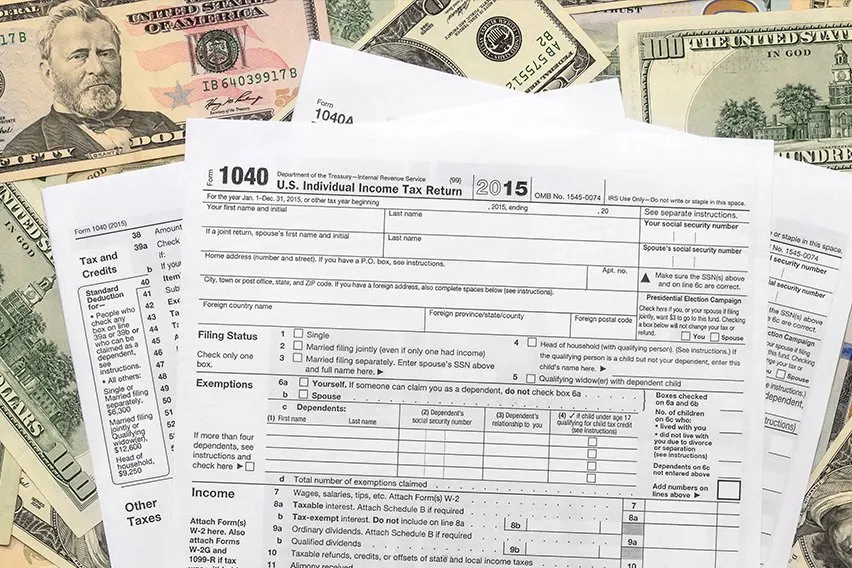
In 2018, The Tax Cuts and Jobs Act eliminated the deduction for unreimbursed employee expenses.
Before 2018, employees who incurred job-related expenses, such as travel expenses and job-specific expenses, were able to deduct itemized deductions on their federal tax returns. Unfortunately, the new tax reforms sounded a death knell for miscellaneous itemized deductions, including unreimbursed employee expenses for the tax years 2018 to 2025.
What this article covers:
- What Do Employee Expenses Mean?
- What Counts as Unreimbursed Employee Expenses?
- Are Unreimbursed Employee Expenses Deductible In 2025?
- Will we be Able to Deduct Unreimbursed Employee Expenses In 2026?

What Do Employee Expenses Mean?
Employee expenses refer to expenses that an employee incurs while performing his/her duties. Employers can reimburse the employees when:
- The expenses are incurred wholly, exclusively and necessarily in the performance of their duties.
- There are receipts of the expenses
It is common for employees to use their own money to cover work-related expenses such as traveling costs, professional subscriptions, using their home for work, buying work-related tools and supplies, etc.
Some of it is reimbursed by the employee while others remain unpaid. For tax years prior to 2018, the unreimbursed employee expenses that exceeded 2 percent of the adjusted gross income could be claimed as a deduction.
What Counts as Unreimbursed Employee Expenses?
Unreimbursed employee expenses are those expenses for which the employer has not paid you back or given you an allowance for.
The IRS classifies employee expenses as ordinary and necessary expenses. Ordinary expenses are those that are common and accepted in your trade, business, or profession while necessary expenses are appropriate and helpful to your business. An expense doesn’t have to be required to be considered necessary.
Some examples of these expenses are: educator expenses, job-related legal fees, laboratory breakage fees, licenses and regulatory fees, professional society dues, home office used by employers, passport feed for business trips, medical examinations required by employers, tools and supplies used at work, work clothes and uniforms, work-related education, etc.

Are Unreimbursed Employee Expenses Deductible In 2025?
From 2018 to 2025, the Tax Cuts and Job Act (TCJA) has eliminated all miscellaneous itemized deductions subject to the 2% of AGI limit, including the deduction for unreimbursed employee expenses. It is important to note that this law does not extend to independent contractors and non-wage earning self-employed individuals e.g. those filing Schedule C or Schedule F. There are also exceptions to this for certain categories of employment, such as Armed Forces Reservists, as well as for educator expenses for a qualified educator
Before the changes in tax laws, the unreimbursed employee expenses were deducted on Schedule A (Form 1040), line 21, or Schedule A (Form 1040NR), line 7.
The loss of these deductions can have a serious financial impact on certain employees such as construction workers who write-off expensive tools or salespeople who have to travel regularly to visit clients, all without employer reimbursement
To avoid these losses, it has become more important than ever for employees to seek reimbursement for such expenses from the employer.
Will we be Able to Deduct Unreimbursed Employee Expenses In 2026?
Starting in 2026, unreimbursed employee expenses is scheduled to be reinstated, allowing W-2 employees to once again claim unreimbursed expenses as miscellaneous itemized deductions. These deductions would be subject to the 2% adjusted gross income (AGI) rule. This means that only expenses exceeding 2% of your AGI will be eligible for deduction. Keep in mind, however, that Congress may review or amend this provision before it takes effect.
RELATED ARTICLES

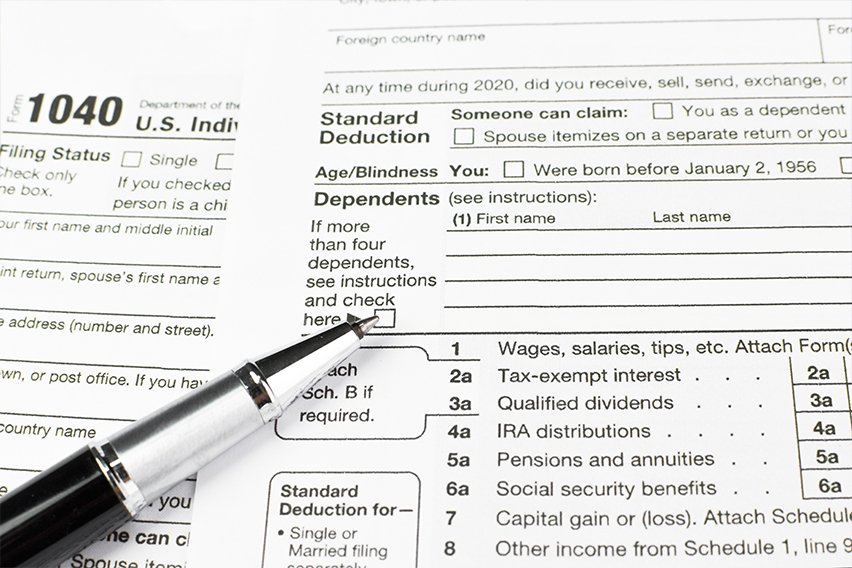 How to Get a Business Tax ID
How to Get a Business Tax ID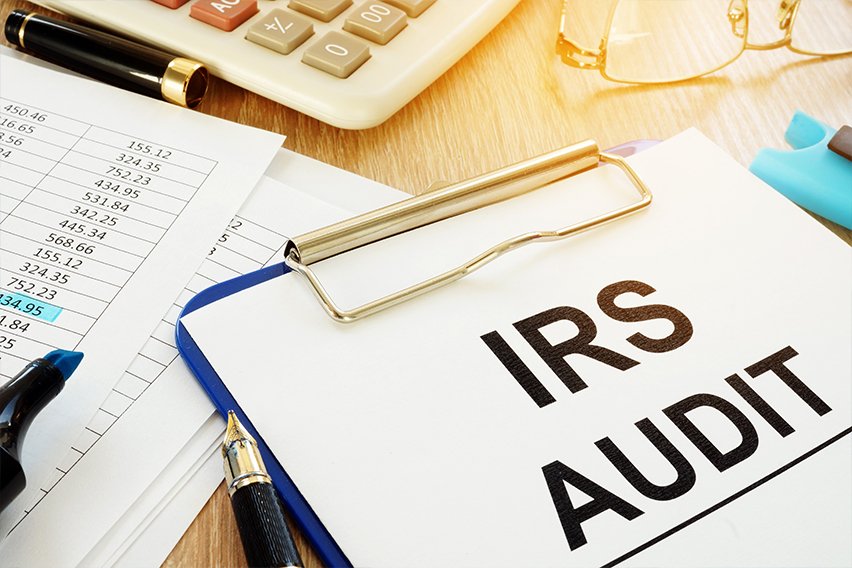 How Long Do IRS Audits Take?
How Long Do IRS Audits Take?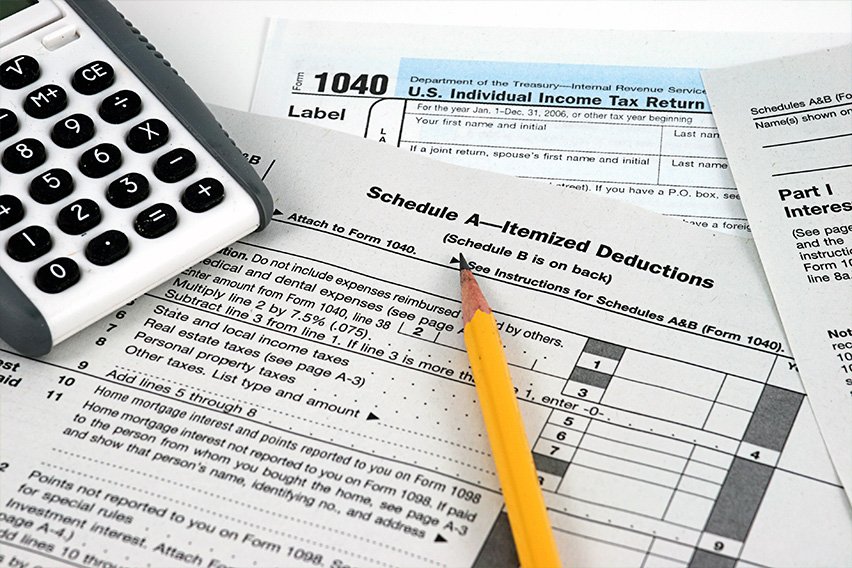 Examples of Itemized Deductions
Examples of Itemized Deductions How Long Do You Tax Preparers Have to Keep Records?
How Long Do You Tax Preparers Have to Keep Records?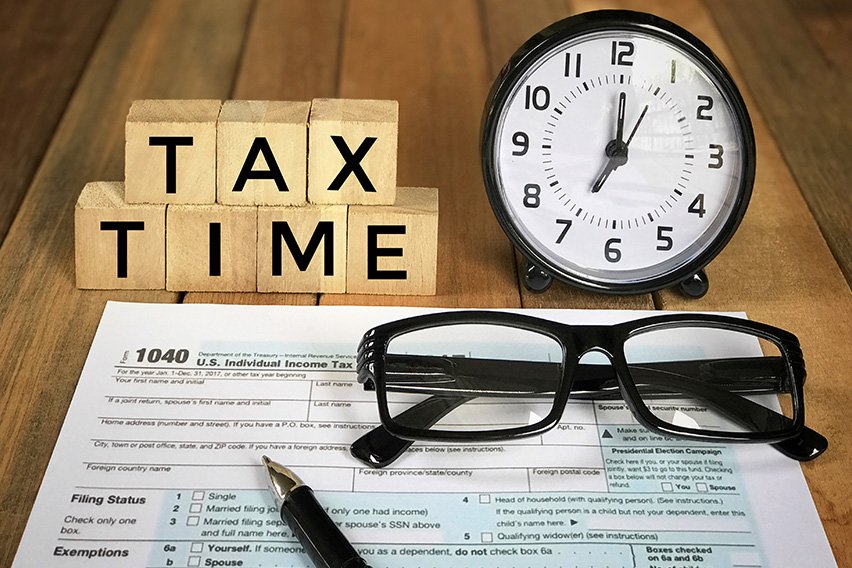 How Long Does It Take To File Taxes
How Long Does It Take To File Taxes What Does Your Accountant Need to Do Your Taxes?
What Does Your Accountant Need to Do Your Taxes?